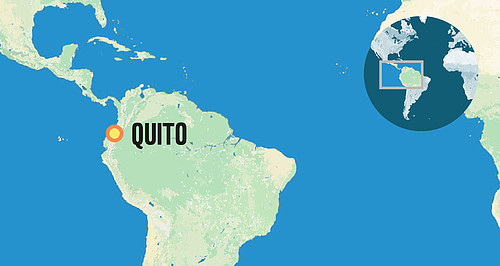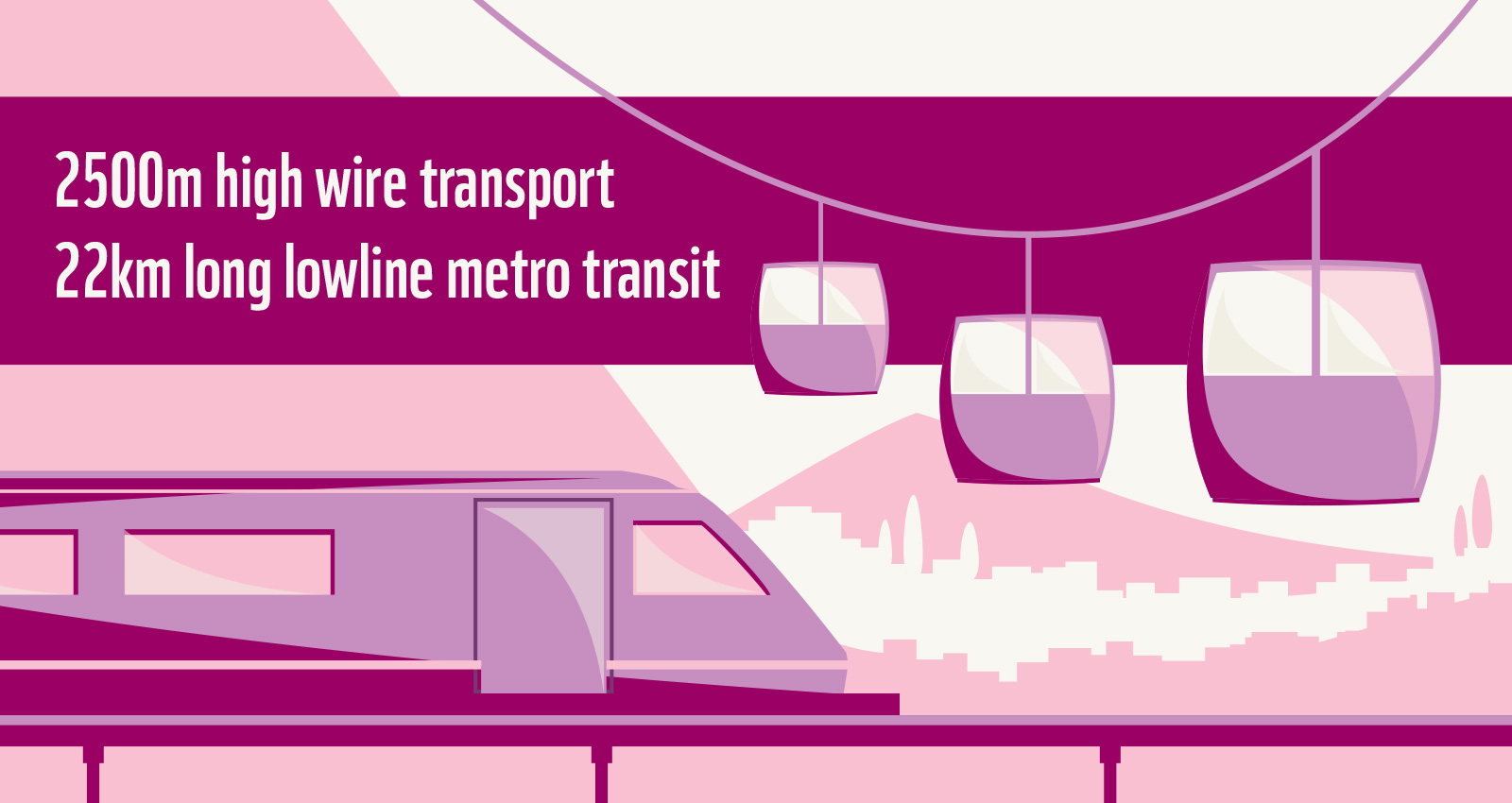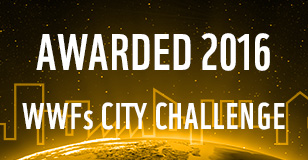The WWF is run at a local level by the following offices...
- WWF Global
- Adria
- Argentina
- Armenia
- AsiaPacific
- Australia
- Austria
- Azerbaijan
- Belgium
- Bhutan
- Bolivia
- Borneo
- Brazil
- Bulgaria
- Cambodia
- Cameroon
- Canada
- Caucasus
- Central African Republic
- Central America
- Chile
- China
- Colombia
- Croatia
- Democratic Republic of the Congo
- Denmark
- Ecuador
- European Policy Office
- Finland
QUITO

Many transport modes needed - at 2500m in the mountains
Quito has taken a bold approach to defining the value to the city of different modes of transport and the users deploying them: a hierarchy with pedestrians and cyclists and public transport users at the top, efficient commercial vehicles in the middle, and at the bottom the low-occupancy automobile, which for three generations has been the default ruler of the road in urban centres worldwide. Putting a lot of money where its mission is, Quito has instituted the Metropolitan Integrated Mass Transport System, with the major planks comprising a metroline, a bus rapid-transit (BRT) system, and an innovative and yet geographically appropriate cable-car system called Quito Cables.
The metroline is intended to go into operation in 2017, and will carry 450,000 passengers per day in the first year, across 22km and 15 stations. But for reasons of cost and flexibility, twice this number are already being transported by the BRT, Metrobus-Q, which opened in 1995, and already has three lines, 37 stops, across 24km of route. Flying over, literally, these solutions is the proposed Quito Cables, which are proposed to carry 27,000 passengers per day to more outlying parts of the city that could not realistically be served by extensions of the metro or BRT systems, given the mountain geography of the city. The model for the cable-car-based extension to public transit is an also-hilly pioneer of Latin American urban sustainability, Medellín in Colombia, whose solution is called Metrocable. These solutions are supplemented by the BiciQuito system of share-bikes, which are distributed across 30 stations in the city, and have been in operation since 2012.
Energy management
On the energy management front, Quito is planning to replace all their street lights with LEDs, starting in 2018, over five years; which pays for itself and more over the 20 years lifespan of the LEDs themselves, while making more energy available for other uses around town, and otherwise reduces toxic waste, improves street security and quality of street life, and of course greatly reduces carbon loads from municipal lighting. On the production side of the equation, Quito is rolling out a landfill biogas, with planned output of 5MWh that decreases total emissions of methane, thus improves carbon performance of the city, and contributes to better waste management.

 © Wikipedia/Vondieder
© Wikipedia/VondiederParticipatory urban agriculture
A final, integrating feature of Quito’s sustainability profile is its longstanding – since 2002 – Participatory Urban Agriculture Project, AGRUPAR. This is a model of functioning of urban agriculture, using infill land from private and public plots and terraces and reclaimed equipment. The project is a multi-dimensional phenomenon of economic, social, and cultural inclusion. It has trained nearly 17,000 participants, opened 2500 urban gardens, and given rise to 110 small businesses with over 100 produce lines. The cumulative produce is exchanged in weekly ‘bioferias’, farmer’s markets in dedicated locations around the city, guaranteeing local quality produce at a reasonable price. These practices contribute not just to the sustainability and identity of the city, but to its climate adaptation strategy and overall strategic resilience in changing economic and environmental times.
Want to know more about Urban solutions?
Contact Barbara Evaeus
Global Communications Manager,
WWF One Planet City Challenge
+46 70 393 9030
barbara.evaeus@wwf.se
Text by: John Manoochehri
Last edited: 2017-03-15


